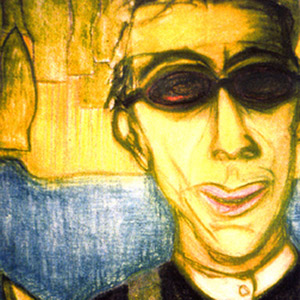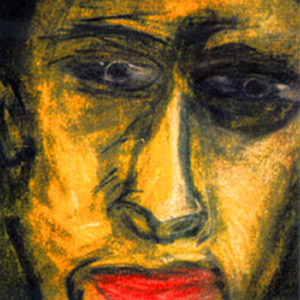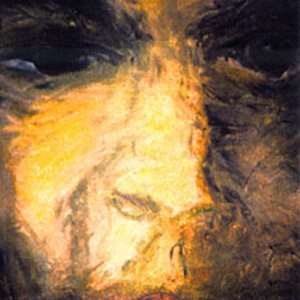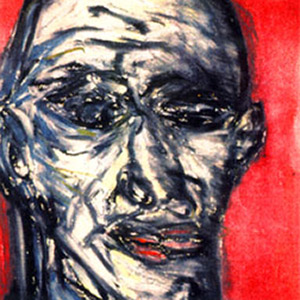Bill Rock Art
Footwear of the German Expressionists
Never fully convinced that fashion (much less shoe design) was the apex of artistic endeavor, Otto Mueller halfheartedly joined Die Brucke in 1909. After being pressured into contributing to this new spirit in artistic design, Mueller came up with "the third shoe". Mueller was convinced that the public would gladly pay a premium for shoes that were three in a set. The third shoe (which would be identical to the favored foot) would be used as a spare or replacement for the original which was known to wear out faster. This would delay the necessity of purchasing brand new shoes when only one had become wearable. Mueller was admonished by other members of Die Brucke for the idea but remained as a peripheral member of the group until his departure in 1913. His practical use of the Third Shoe design ultimately damaged the arches of his feet due to the uneven wear of the heels by constantly replacing one shoe instead of both. After 2 years of consultations with physicians, Mueller abandoned his design and concentrated on his painting.
Frustrated with competing for top designer status among the group, Karl Schmidt-Rottluff (pictured without facial hair or glasses) began to specialize in fasteners and shoe-fastening accessories. His aim was to win over the market with the appeal of his trademark "hook" fasteners. However, the devices proved too rigid in their construction and often, with extended wear, tore through the leather and injured the foot. Determined to prove the others wrong, Schmidt suffered extensive damage to both feet and left the group to pursue his painting and design work alone.
Ernst Ludwig Kirchner, said to have been the most gifted and self appointed leader of Die Brucke, initiated the shoe design function of the group in 1907. Upon assembling the founding members of the group, Kirchner rented a former shoe factory as a studio space for the group. Feeling that their move into the space may possibly upset the spiritual legacy of the craftsman who had for eighty years inhabited the building, Kirchner convinced his fellow artists to "work to enhance and further the efforts of their forefathers" by designing footwear which would embody the new generation of artistic spirit, unshackled by the past.
The physical pain caused by the ill-fitting footwear was the source of the angst-filled artwork. Contrary to other historical accounts which attribute social/political conditions (the Weimar Government in it's final days, World War I, a renewed national spirit) as the main inspiration for the work of Die Brucke artists.





